A blog about design at the OU.
-

Is it smart to be Smart?
Smart products are elements of product-service-systems which use processors, sensors and communication technologies to collect and communicate data. The most common example is the smart phone which is a multi-functional device that uses its embedded technologies in different ways according to the installed apps, for example as activity tracker, health monitor, shopping assistant, etc. Based…
-
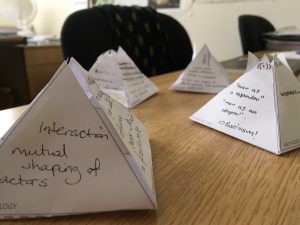
Design Star Methods Day
For the last two years we’ve hosted a research methods day for the AHRC funded Centre for Doctoral Training ‘Design Star‘. This year we focused on exploring the relationship between ontologies, epistemologies and methodologies in our own research … through the making of personal ‘thinking positions’ pyramids and placing them on a landscape describing different paradigms of approaching research,…
-
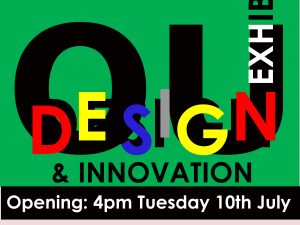
End of Year 2018 exhibition
Creating an exhibition of Design and Innovation undergraduate students’ work has been one of the most rewarding experiences I had for a while. We called for contributions to an End of Year design exhibition. Having an ‘Annual show’ has a long tradition in other design schools, but we never had one at the OU. This…
-
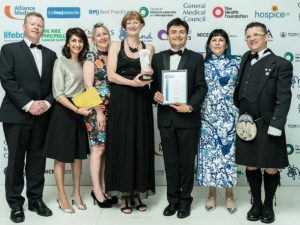
U101 AL to win British Medical Journal Innovation Award 2018
We are proud to say that Dr Liliana Rodriguez, AL at the Open University and teaching on our U101 module, has received the prestigious British Medical JournalInnovation Award 2018. She took part in a collaborative research project with colleagues from the Brighton and Sussex Medical school. The project was funded by Public Health England (PHE).…
-
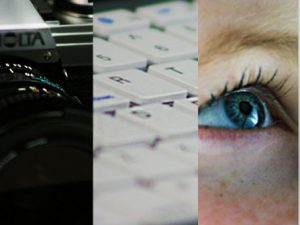
Fixation in design
Fixation on a known idea or on a known way of solving a problem is a commonly observed phenomenon in creativity and design. Often, attachment to initial ideas or repeating solutions or parts thereof is seen as a negative thing. But does it always lead to worst outcomes? Researchers are not so sure about it.…
-

Redesigning the construction industry?
Good news, for everyone involved in the design and construction of the built environment: the UK Government is putting aside £72 million to ‘transform the construction sector’. It is doing so through setting up a ‘Core Innovation Hub’ (https://apply-for-innovation-funding.service.gov.uk/competition/142/overview). The announcement defines three innovations it wants the hub to focus on: a digitally driven manufacturing…
-
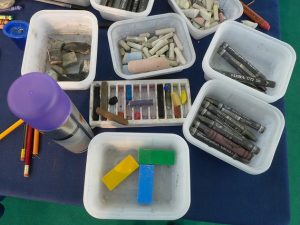
Drawing to remember
Research carried out by Professor Charles Spence, Head of the Crossmodal Research Laboratory at Oxford University has found that for most people taking photographs on holiday results in digital amnesia where a scene is taken and then forgotten. In contrast using more than one sense, such as drawing, which involves both vision and touch, can…
-

Pay or Play?
This week the UK government announced a proposal to encourage recycling of bottles and cans by creating a returnable deposit scheme funded by increased prices on drinks. Scotland have already announced plans for such a scheme and the Welsh Assembly are also considering this. Such schemes, for glass bottles, we around from early in the…
-
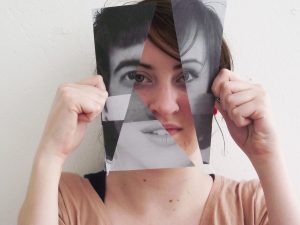
‘It’s OK, to want to be ordinary…’
Recently one of my colleagues, for the purposes of this blog let’s call her Helen, is nearing two notable landmarks in her life. One is her fortieth birthday and the second is her final ophthalmic consultation to register her as blind. For most of her life, Helen has been visually impaired, but she then became…
